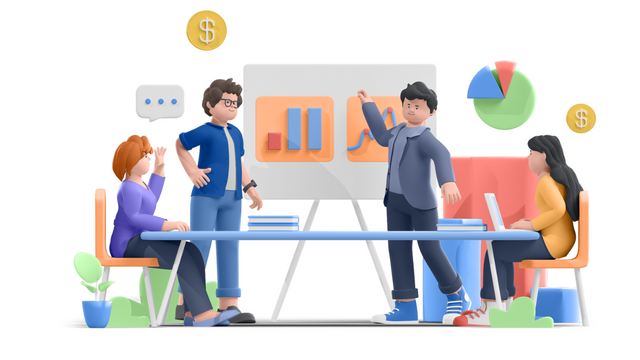
Introduction
In the fast-paced world of e-commerce, a slow-loading Shopify store can lead to frustrated customers, decreased conversions, and lower search engine rankings. To ensure your Shopify store thrives, it's crucial to optimize its speed and performance. In this article, we'll explore powerful speed optimization techniques that can help boost your Shopify store's performance and deliver an exceptional user experience.
The Impact of Speed Optimization
A slow-loading website has a significant impact on various aspects of your e-commerce success. Let's delve into the key areas affected by speed optimization:
1. User Experience: Users have little patience for slow-loading websites. By optimizing your store's speed, you create a positive user experience, keeping visitors engaged and encouraging them to explore your products and make purchases.
2. Conversion Rates: Faster page load times have a direct correlation with higher conversion rates. When your Shopify store loads quickly, it provides a seamless and efficient shopping experience, increasing the likelihood of conversions and boosting sales.
3. Search Engine Rankings: Search engines consider website speed as a ranking factor. By optimizing your store's speed, you improve its chances of ranking higher in search engine results, driving more organic traffic to your store and expanding your customer base.
Effective Speed Optimization Techniques for Shopify Stores
1. Optimize Image Sizes: Large image files can significantly slow down your store's loading speed. Compress and optimize images without compromising quality. Utilize image optimization tools or Shopify apps to automatically resize and compress images, ensuring faster load times.
2. Minify CSS and JavaScript: Excessive CSS and JavaScript files increase the amount of data transferred, leading to slower page loads. Minify and combine these files to reduce their size and minimize server requests. This optimization technique enhances loading speed and overall performance.
3. Enable Browser Caching: Implement browser caching to store certain elements of your store in a user's browser. This reduces the need to fetch resources from the server on subsequent visits, resulting in improved loading times for returning visitors.
4. Remove Unnecessary Apps and Code: Regularly review your installed apps and remove any that are unnecessary or no longer in use. Similarly, optimize your theme's code by eliminating redundant or unused elements. Streamlining your store's codebase contributes to faster loading times and improved performance.
5. Evaluate Third-Party Integrations: While third-party integrations can enhance your store's functionality, they can also impact loading times. Assess the impact of each integration and disable or replace any that negatively affect speed or are no longer essential.
6. Monitor and Test Performance: Regularly monitor your store's performance using tools like Google PageSpeed Insights, GTmetrix, or Shopify's built-in analytics. These tools provide valuable insights and help identify areas for improvement. Continuously test and optimize your store's performance to ensure optimal loading speed.
Conclusion
Speed optimization is a critical aspect of running a successful Shopify store. By implementing the mentioned techniques, you can significantly improve your store's loading speed, enhance the user experience, and ultimately drive more conversions and sales. Stay proactive in monitoring and optimizing your store's performance to stay ahead of the competition and deliver an outstanding online shopping experience for your customers.



























